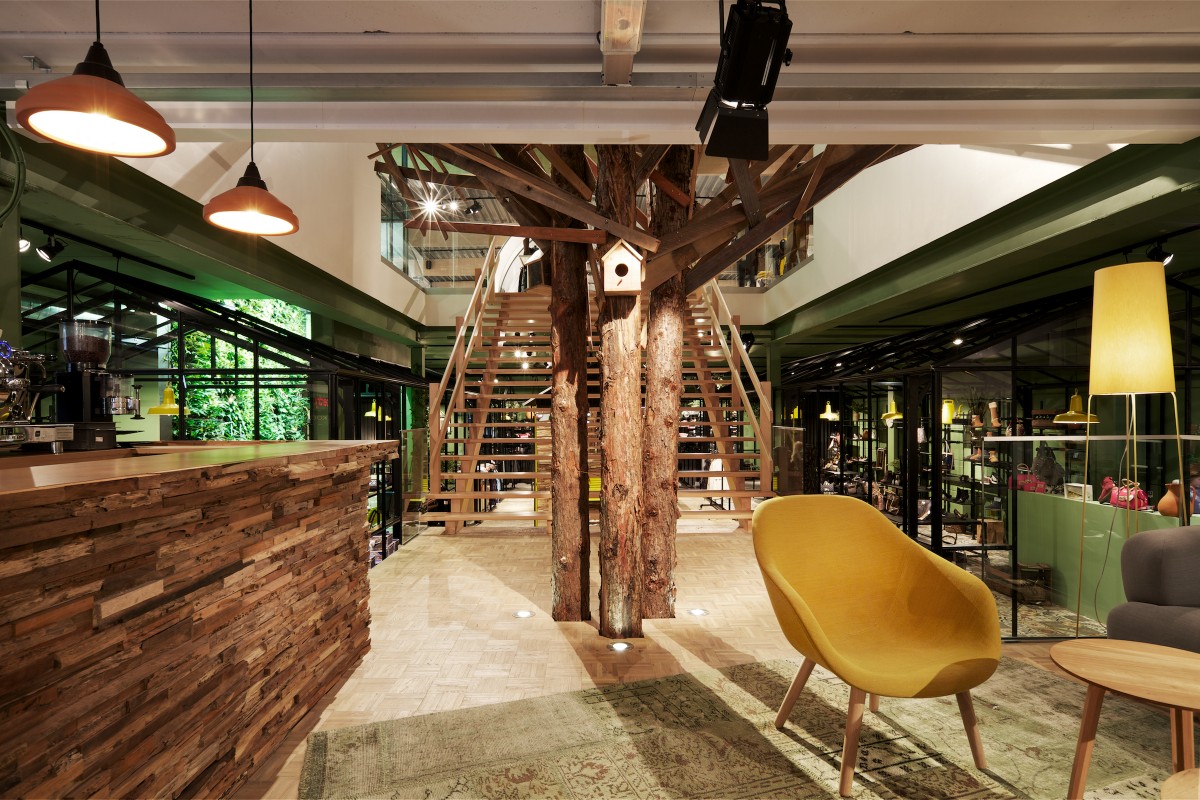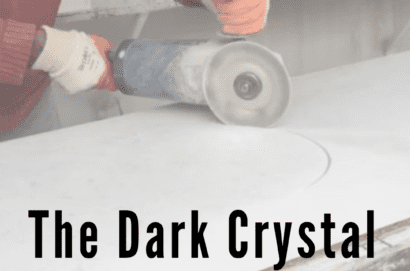For the last decade, companies have been clamoring to get their products tagged with some sort of label or declaration that classifies them as “green.” This certificate, sticker, logo, or claim would absolve them of any responsibility in explaining why their product was either beneficial to, or less detrimental to, the environment, because people would just “know” it was green because some certifying body, or pay-to-play entity said it was so. This is completely maligned with what the intent of green building was at the outset and has completely derailed the green initiative in so many ways. People hear the word green and the most likely response today is an eye roll or a fatigued, belabored stare that not so kindly encourages you to “go on.”
The term coined for these misrepresented claims was and is “greenwashing” and it was basically making a claim that your product was “good” because it met some baseline criteria that may or may not actually apply to your product. Example:
“My granite has no added urea formaldehyde.” – Obviously. Granite never has and never would have formaldehyde added. This was meant to address adhesives and other composite materials that could avoid using toxic formaldehyde in lieu of a less dangerous ingredient.
When it comes to environmental benefits of products, whether it be better materials, better adhesives, better sealants, better disposition at end of life, less material for the same purpose, or better manufacturing, there is a collection of tradeoffs that must be balanced against one another. A single claim of something being “green” bears no weight and has no merit.
Of all of the surfacing materials on the market, there is nothing that does not have a downside. It is a matter of whether those downsides outweigh the upsides and what matters the most to your design or project.
Let’s take a look at some of the surfacing materials and their pros and cons from an environmental perspective:
Granite – Probably the worst. Mined from the earth (depletion of finite resources and devastating to local communities), shipped all over the world (carbon emissions) and contain high amounts of silica (bad for mining community, fabrication – lung diseases). For granite to make any claims about sustainability is a stretch.
Quartz – Performance better than granite in many ways, so durability is an upside. Contains petroleum-based resin (natural resource, dirty industry) and quartz chips (these can be the result of quartz quarrying but only for higher grade quartz). Same silica problems as granite, possibly worse. Still a stretch to make claims beyond GreenGuard certified, which addresses indoor air quality.
Solid Surface – Petroleum-based with fillers (petroleum is still the same issue here as with quartz). Some have recycled content (this is good). Some could be considered sourced locally if you could find the right factory. Recycled content is a plus. Some can be recycled, as it is essentially just plastic.
Sintered Stone – Mineral-based high performance, next generation surface. Addresses shortcomings of quartz (does not yellow, much more durable). Does not contain any resins or petroleum. Can be disposed of as you would other natural materials, unlike quartz which needs proper disposition.
Paper-based Composites – Use 70-75% recycled paper completely encapsulated in a phenolic-based resin to result in a comparable preforming product to stone. Recycled content is a plus, waste is diverted from landfill and recycled into a surfacing product. Can be sourced locally depending on location.
Recycled Glass – Use up to 100% recycled glass either alone or with a binder, such as concrete or resin. Resin based contains petroleum (still bad) and concrete contains Portland cement (not great). Recycled content is a plus as waste is diverted from post consumer bottles, windshield glass or other. Can be sourced locally, and some vendors (IceStone) have gone so far as to get Cradle to Cradle certification, which is the Holy Grail of green certifications.
Wood – Wood can be good or really, really bad. If it is a fast growing species that can be sourced locally and responsibly harvested, this is about as good a surface as you can get. Unfortunately a lot of wood products are slow growing hardwoods that take hundreds of years to regrow, exotic species, or sourced overseas. Be smart about the species and where it is coming from. This applies to casework and flooring as well.
These are some examples of the good, the bad, and ugly of the tradeoffs of green claims. There is just no perfect product, so the best thing to do is know the facts, flush out the greenwashing claims that are meaningless and help drive the industry toward better materials.
One of the newest entrants to the sintered stone market, Lapitec launched with its sustainability story intact and inherent in its launch program. Environmental stewardship is not an afterthought any longer, it is a requirement when introducing a product or a product line. And the ecosystem in which new and existing products are trying to survive is smarter and more savvy and knows which questions to ask to really vet out the true stewards and may not have the perfect product, but are at least on a path of continuous improvement and strive to make their products better. Not hide behind false claims with no merit. Those are the products that rise to the top and find their way to leading architects, designers and builders savvy enough to partner with the brands they know will stand behind their claims. It is not easy being green, but it all comes out in the wash.


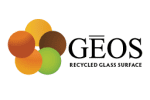






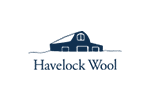
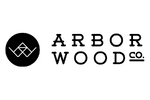

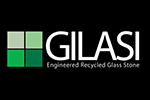

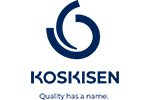



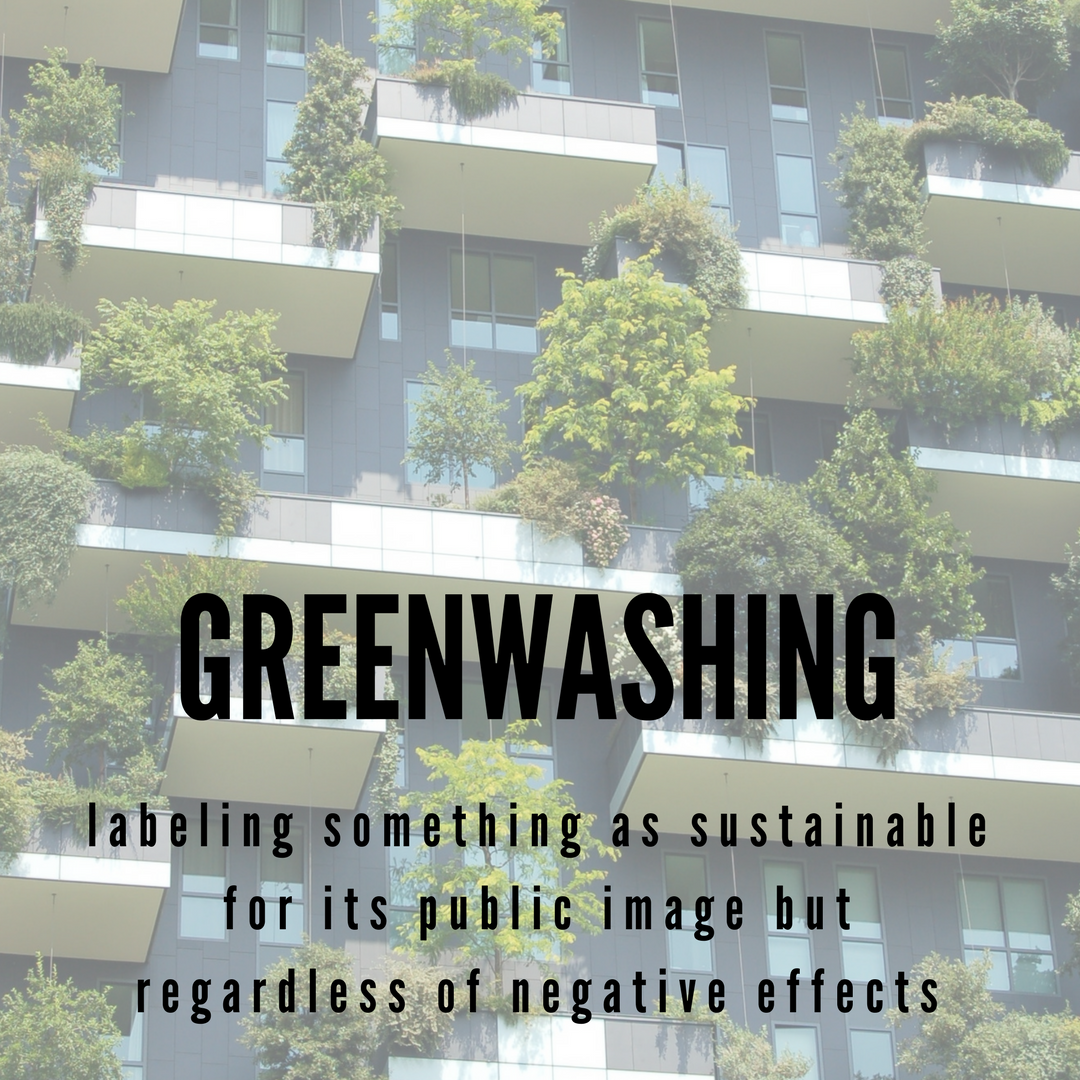
.jpg)
